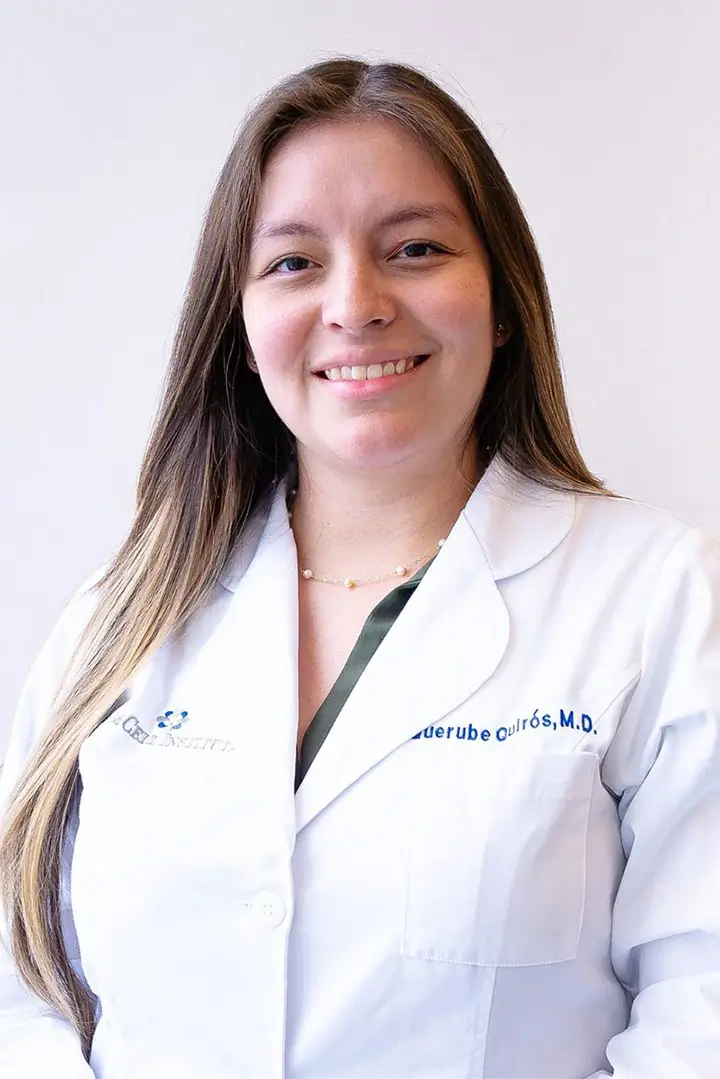After suffering a massive heart attack in October of last year, Priyaranjan Dasmunsi has been in New Delhi’s Apollo hospital, too weak to move. Now 64 years old, the former government Minister will be transported to Bonn, Germany where he will receive autologous adult stem cell therapy from October 18 to the 24th.
According to his wife, Deepa, "We are in touch with doctors through mail at a couple of institutes there that use stem cell treatment. They haven’t assured us anything, as it’s going to be on an experimental basis. But I’m hopeful. It’ll take me a couple of days to sort out things, and decide how we want to go about the whole thing."
Dasmunsi and his wife will be traveling to Bonn upon the recommendation of a doctor from Germany who examined Dasmunsi two months ago. As Deepa adds, "He told us that in Germany they do treat such patients using stem cells, but it is all experimentation, as final results can’t be predicted in such cases. At this stage, I am clinging on to every glimmer of hope coming from anywhere. I want my husband back, and I’m sure he will be back."
Beyond being removed from life-support in January of this year, Dasmunsi has failed to make noticeable improvement. As Deepa further explains, "We are in touch with people in India but weren’t convinced. The German doctors appeared to be more transparent in their approach; they will take cells from his body only and culture them for use in his treatment. We tried everything: Ayurveda, homeopathy and even Baba Ramdev came to visit him, but his condition remains the same." In reference to Baba Ramdev and his yoga asanas, Deepa adds, "His way of curing is through performing yoga, but my husband is lying in almost a paralysed state and couldn’t perform them."
The doctors in Germany will use exclusively autologous (in which the donor and recipient are the same person) adult stem cells to treat Dasmunsi. The case is a particularly high-profile one in India – a country which is already contributing significant advances to the stem cell field and attracting an increasing number of international stem cell companies who have found a welcoming and friendly environment in India’s governmental regulatory system, as well as a virtually limitless market potential in the world’s second most populous country and the world’s most populous democracy. Although stem cell entrepreneurship is booming in India, many of the latest advances have yet to be translated into clinically available therapies, however. The Dasmunsi case is now setting a new precedent and drawing increased attention throughout India to the regenerative properties of adult stem cells, and to the great promise that this new therapy holds when actually available in hospitals and clinics.

